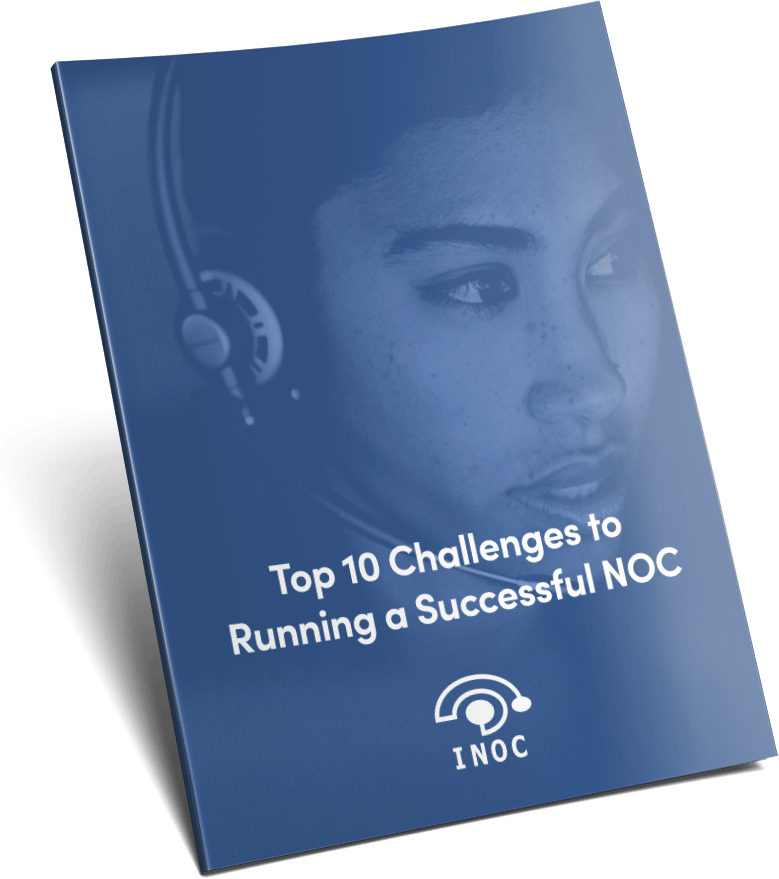
Anyone working in a NOC is likely to hear statements like these on a routine basis:
These sentiments are understandable given the fast-paced environment of a NOC and the constant multitasking that is required. Meaningful operational metrics are vital not only in running a successful NOC but also in keeping staff morale high.
In many NOCs, however, not only are important metrics not being measured—the ones that are being measured aren’t being evaluated on a daily, weekly, and monthly basis. In the case of either or both problems, the early indicators of potential issues will almost certainly go ignored and allowed to evolve into more resource-intensive problems.
For a quick self-evaluation on this point, consider whether you’re tracking:
These include metrics that reflect the size and scale of an operation and key performance indicators (KPIs) that reflect the performance of an operation as compared to a set of organization objectives. Such metrics provide visibility into the operations, giving the NOC an objective and the team a sense of accomplishment.
We help teams put the necessary pieces in place to start gathering this data (if they aren’t already), and then take it a step further to squeeze some incredible levels of insight from them—insights that directly inform how to staff and organize a NOC for peak performance and efficiency.
That process involves using some statistical modeling to determine exactly how much human labor—and therefore staff—is needed by shift and time of day, which is the ultimate output teams need.
If you have blindspots in any of these areas, we can almost guarantee there’s an operational vulnerability affecting the NOC’s efficiency or effectiveness. Be aware, however, that this shortlist is by no means exhaustive. Even a brief consult with our Solutions Engineering Team typically reveals a number of metric gaps companies can put on their radar.

Download our free white paper and learn how to overcome the top challenges in running a successful NOC.
